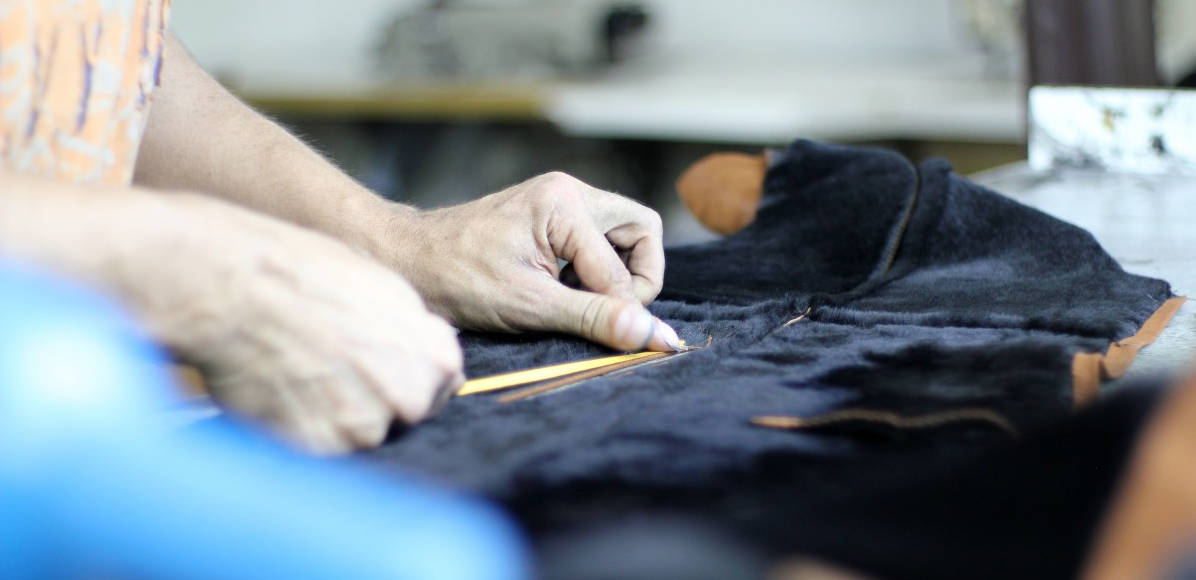
Artificial flowers have become increasingly popular due to their versatility, cost-effectiveness, and long-lasting beauty. These artificial botanical replicas find applications in various settings, from home decor to event arrangements. This article explores the diverse applications of artificial flowers, their classification based on materials and manufacturing methods, and the essential aspects of inspecting their quality. By understanding the applications and ensuring stringent inspection procedures, consumers can make informed choices and enjoy the benefits of these exquisite synthetic blooms.

Contents
1.Introduction
Artificial flowers, also known as faux flowers or silk flowers, have evolved significantly over the years, becoming a favored alternative to real blooms. Made from various materials, these imitation blossoms offer a range of applications and have found their place in homes, offices, weddings, and commercial settings. This article delves into the diverse applications of artificial flowers, their classification based on materials and manufacturing processes, and the importance of inspecting their quality.
2.Applications of Artificial Flowers
The versatility of artificial flowers allows them to be used in a myriad of settings, providing lasting beauty without the need for maintenance. Some common applications include:
a) Home Decor: Artificial flowers offer a permanent and low-maintenance option for adding color and elegance to living spaces. They can be arranged in vases, wreaths, and centerpieces, creating a vibrant and welcoming ambiance.
b) Events and Celebrations: Artificial flowers are widely used in weddings, parties, and other special occasions. They provide consistent decoration throughout the event and can be customized to suit any theme or color scheme.
c) Commercial Spaces: Retail stores, hotels, and restaurants often use artificial flowers as part of their interior decor. These blooms create an inviting atmosphere without the need for frequent replacement.
d) Memorial and Grave Decorations: Artificial flowers serve as a durable and weather-resistant option for honoring loved ones in cemeteries and memorial sites.
e) Seasonal Decorations: Artificial flowers can be used to celebrate various holidays and seasons, such as Christmas, Easter, and Halloween.
3.Classification of Artificial Flowers
Artificial flowers come in a wide range of materials and are crafted using different manufacturing methods. They can be classified into the following categories:
a) Silk Flowers: Historically, artificial flowers were made from silk, hence the name “silk flowers.” Though modern versions may not be made from actual silk, the term is still used. These flowers often provide a realistic look and texture.
b) Plastic Flowers: Plastic flowers are cost-effective and easily mass-produced. They can be made to mimic a variety of flower types and are available in vibrant colors.
c) Latex Flowers: Latex flowers are known for their lifelike appearance and texture. They are particularly popular for creating realistic floral arrangements.
d) Paper Flowers: Handcrafted from various types of paper, these artificial blooms offer a delicate and artistic appeal.
e) Fabric Flowers: Made from fabrics such as polyester or nylon, fabric flowers offer a soft and lightweight option for decorative purposes.
f) Blended Materials: Some artificial flowers combine different materials to achieve a more natural appearance, such as fabric petals on plastic stems.
4.Inspecting Artificial Flowers
Ensuring the quality of artificial flowers is crucial to their successful application and customer satisfaction. Here are essential aspects to consider during the inspection process:
a) Realism and Appearance: Examine the flowers for realistic colors, textures, and shapes that closely resemble their natural counterparts. Look for intricate details, veining, and variations in petal colors.
b) Durability and Workmanship: Check the overall construction and attachment of petals and leaves. Ensure that they are securely fastened to the stem or branch to prevent premature shedding.
c) Materials and Safety: Verify that the materials used are non-toxic and flame-resistant, especially if the artificial flowers will be used in homes or public spaces.
d) Colorfastness: Test the flowers for colorfastness by gently rubbing a damp cloth on a petal to see if any dye transfers. This is essential to avoid color bleeding and staining in different settings.
e) Stem Quality: Assess the quality of the stems for flexibility and sturdiness. A bendable yet stable stem allows for easy arranging without risk of breakage.
f) Packaging: Check the packaging for damage and ensure that it provides adequate protection to prevent deformation during transportation and storage.
Conclusion
Artificial flowers have found wide-ranging applications in various settings, providing a durable, cost-effective, and aesthetically pleasing alternative to real blooms. The classification based on materials and manufacturing methods allows consumers to choose from a diverse range of options. However, ensuring the quality of artificial flowers through meticulous inspection is crucial to their successful use and long-lasting beauty. By considering factors such as realism, durability, safety, and packaging during the inspection process, consumers can confidently incorporate artificial flowers into their decor, events, and other decorative endeavors.
NBNQC as a third-party quality inspection company, we provide artificial flower inspection services in China.




